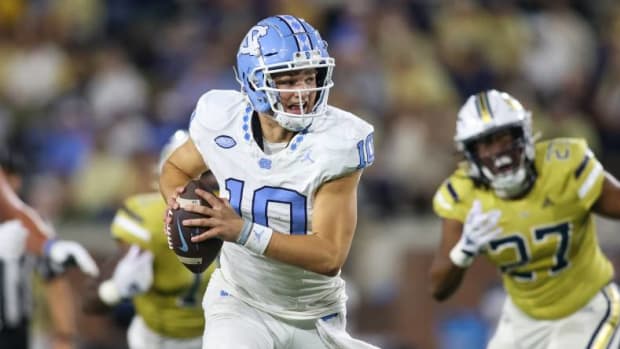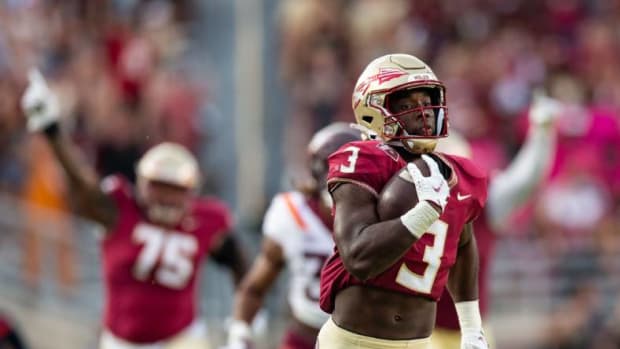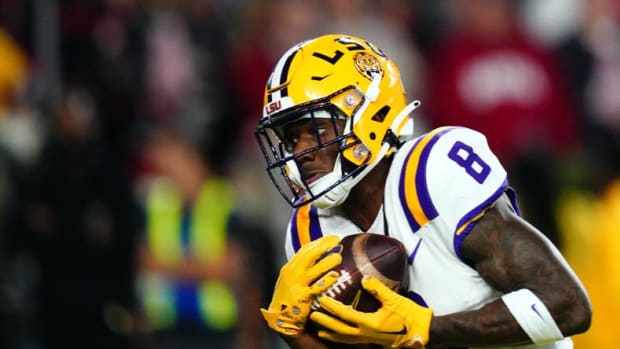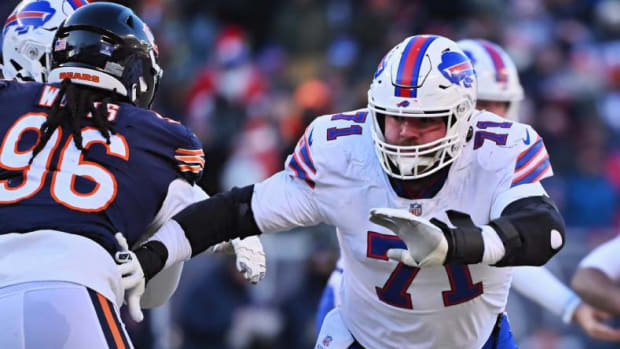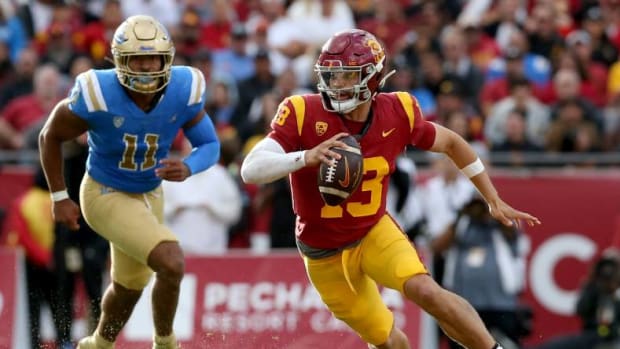With the new rules surrounding NFL Draft prospects, get all your answers here
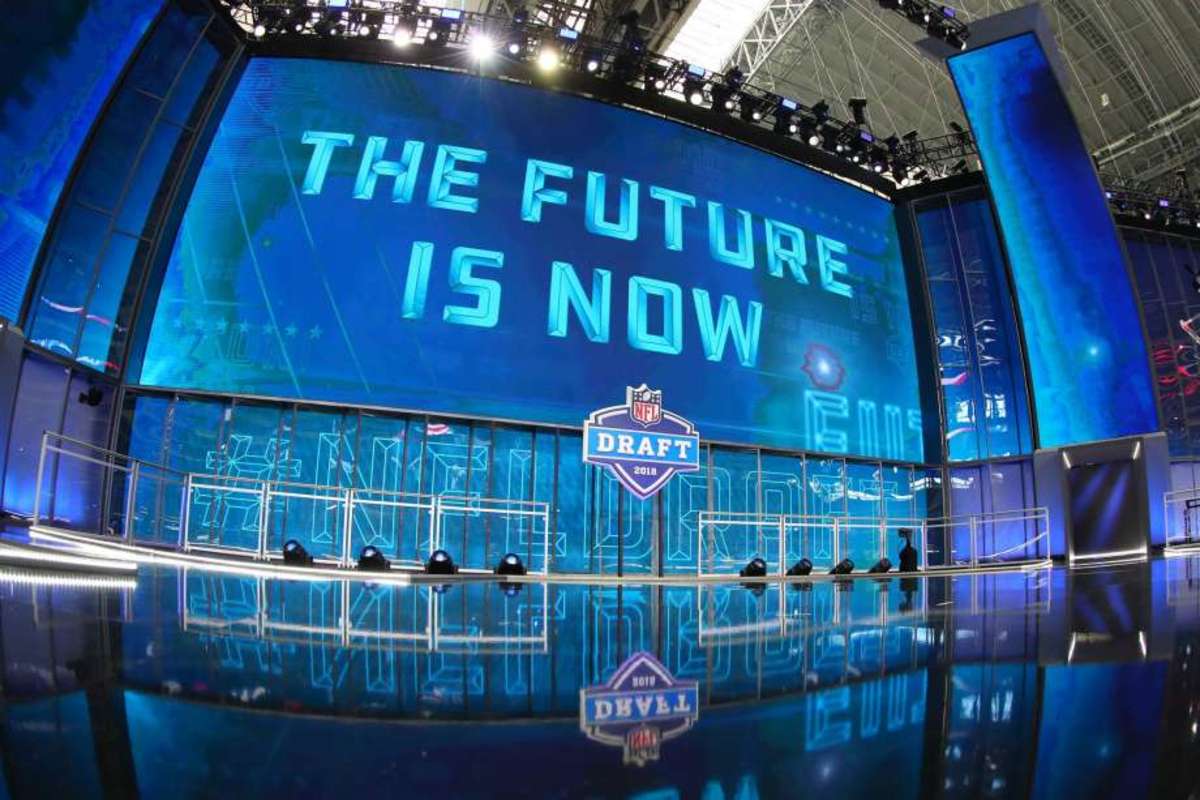
Draft eligibility has been a debate in college football and the National Football League for years. The COVID-19 pandemic hit right before spring football in 2020 and the college football season was put on hold. After a chaotic season of cancellations and controversy, the NFL decided to set and stand firm with the deadline of January 18th for underclassmen declaring for the NFL Draft.
They have also established a deadline for seniors declaring for the draft regarding the extra year of eligibility that was granted to everyone by the NCAA, which is set to be on March 1st. Now that the underclassmen deadline has passed, it is as good a time as ever to break down the rules and the precedent this has set for the NFL Draft's future.
In a statement from the NFL regarding eligibility requirements, they stated, "This clarification means that any college football player who participated or would have participated in his fourth season of full-time participation, as distinguished from a 'red-shirt' year, during the 2020 college football season will be deemed to be automatically eligible for the 2021 NFL Draft. These players are typically listed as "seniors" on their school's official roster during the 2020 college football season. It is not necessary for such players to notify the League office to become eligible under this clarifying provision."
The NFL also broke it down even further:
• A player who entered college in 2017, played three seasons and was still a member of his school's team in 2020 is automatically eligible for the draft. This includes any players who opted out.
• A player who entered college in 2016, red-shirted in one of the next four seasons and was still a member of his school's team in 2020 is automatically eligible for the draft. This also includes any players who opted out.
• A player who entered college in 2017 and already received a red-shirt year has to submit a petition for special eligibility to be eligible for the draft. This requirement also applies to players who entered college in 2018.
This was already an unprecedented year for college football players because of the 5th year eligibility rule. Players like Haskell Garrett, a star for the Ohio State Buckeyes defensive front in the 2020 season, decided to take advantage of the rule and come back to school for another year. Could this be the new normal in college football? It is too early to say but if the pandemic affects college football again next season, we could see these same guidelines put into place.
The NFL combine was canceled by the NFL due to COVID-19 concerns. The NFL is still deciding on what to do next but the overall consensus is that they will focus on regional combines, which may benefit players trying to get their name out there. It's much more challenging for players to stand out at a crowded combine in Indianapolis.
This could also mean that players who would not usually get invited to the official NFL Combine may get a chance to work out in front of scouts at a regional combine event. It will be another change to look out for in the future, as this could affect the way they combine is run.
The NFL Draft is set to take place in Cleveland, Ohio, from April 29th till May 1st. As it currency sits, that date is standing firm but be sure to keep an eye on if it becomes a fluid situation the more we learn about the 2021 NFL Draft cycle.

